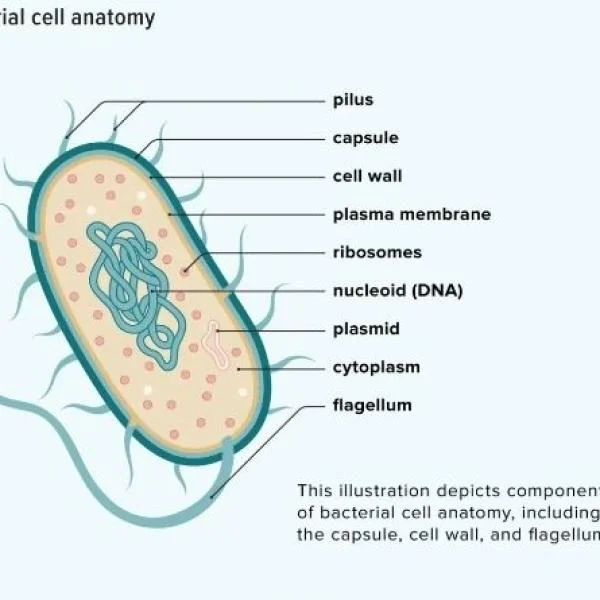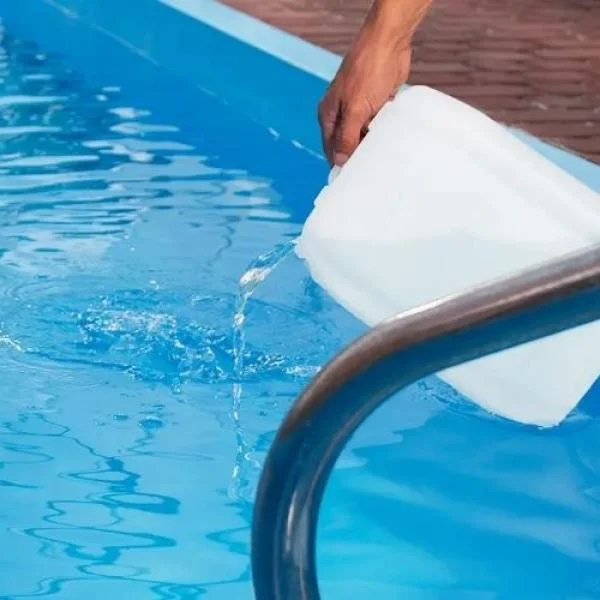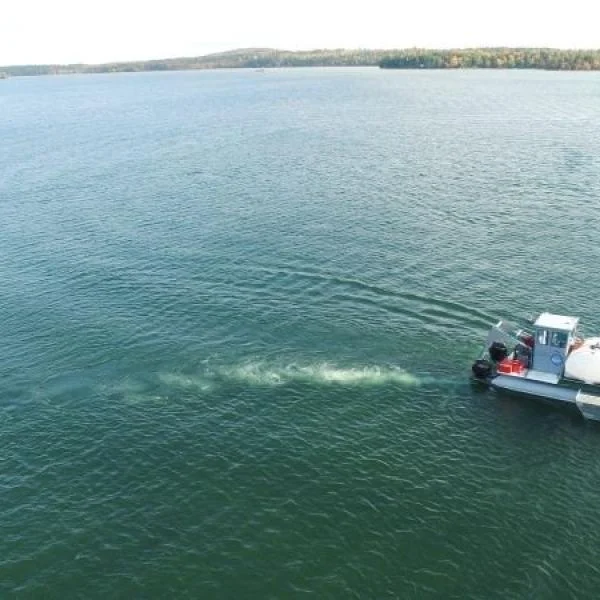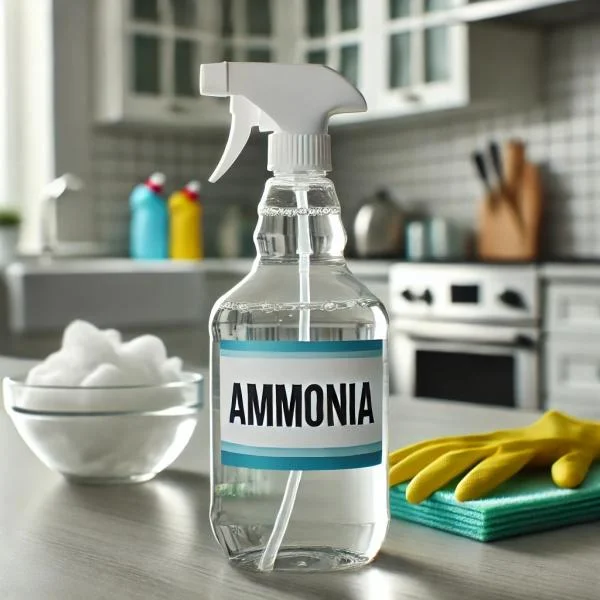
Clear, healthy pond water isn't just a matter of luck – it's the result of countless microscopic workers known as beneficial bacteria. These essential microorganisms play a vital role in maintaining the delicate balance of your pond's ecosystem. In this comprehensive guide, we'll explore the bacteria in pond and their crucial functions in keeping your water garden thriving.
Understanding the Microscopic World of Pond Bacteria
Bacteria in ponds are microscopic single-celled organisms, typically measuring between 1 to 10 microns in length and 0.2 to 1 microns in width. While invisible to the naked eye, these tiny organisms are the backbone of your pond's ecosystem, working tirelessly to break down organic waste and maintain water quality. In a properly maintained pond, these bacteria create a complex ecosystem that supports both plant and animal life while maintaining water clarity and reducing unpleasant odors.
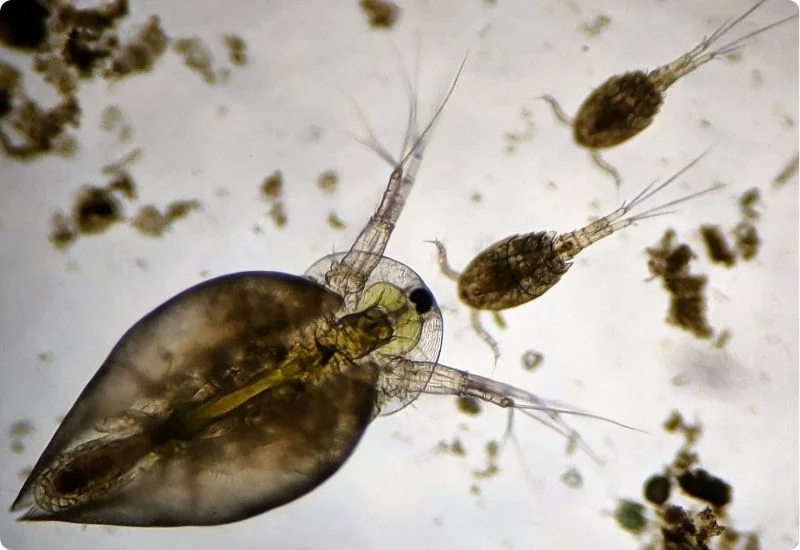
Bacteria in Pond
The Two Main Types of Pond Bacteria
Aerobic Bacteria: The Oxygen-Loving Decomposers
Aerobic bacteria are the primary workhorses of your pond's cleaning system, requiring oxygen to survive and thrive in oxygen-rich environments, typically near the pond's surface. These beneficial microorganisms are found closer to the water's surface where oxygen levels are highest, and they work rapidly to decompose organic matter into nutrients that can be used by plants. Their presence is crucial for maintaining water quality, as they quickly break down waste products and prevent the accumulation of harmful compounds.
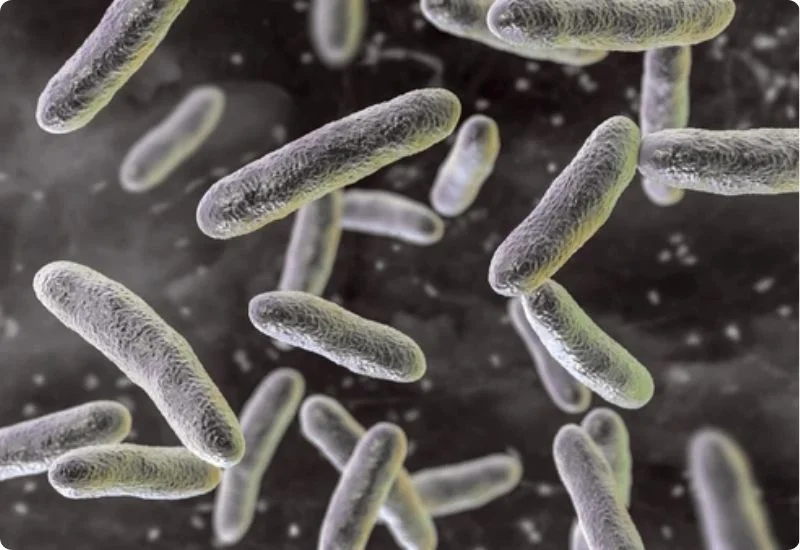
Aerobic bacteria are the primary workhorses of your pond's cleaning system
Their key functions include:
- Rapid decomposition of organic matter
- Breaking down dead plants, fish waste, and fallen leaves
- Transforming toxic ammonia into nitrites and subsequently nitrates
- Maintaining water clarity
- Reducing unpleasant odors
These bacteria work efficiently and quickly, reproducing exponentially when conditions are favorable. However, their rapid reproduction and decomposition activities can sometimes lead to oxygen depletion in the water, which is why proper aeration is crucial for maintaining their populations.
Anaerobic Bacteria: The Deep-Water Workers
In contrast to their oxygen-loving counterparts, anaerobic bacteria operate in oxygen-depleted environments, typically at the pond's bottom where oxygen levels are minimal or nonexistent. These bacteria are essential for breaking down organic matter in areas where aerobic bacteria cannot survive, though they work at a much slower pace. While their decomposition process is slower, they play a vital role in nutrient cycling and maintaining the pond's ecological balance.
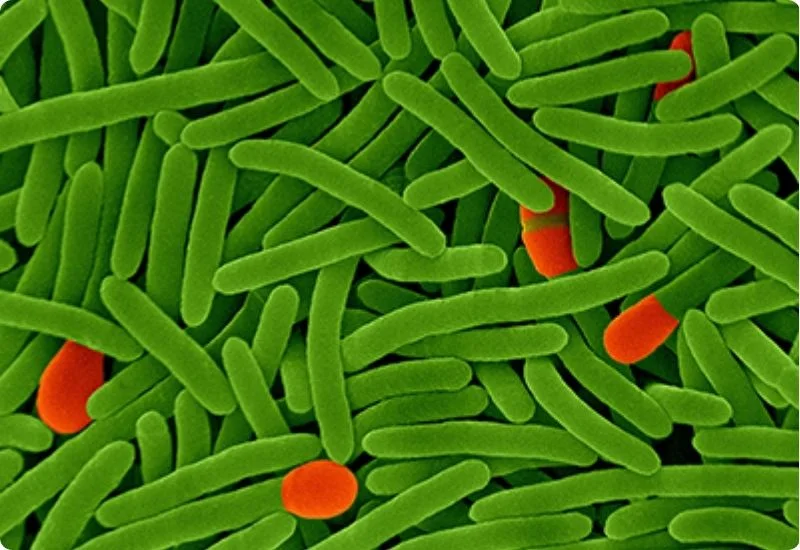
Anaerobic bacteria operate in oxygen-depleted environments, typically at the pond's bottom
Their key functions include:
- Slow decomposition of organic matter in low-oxygen conditions
- Release of nutrients, especially phosphorus, for plant growth
- Conversion of nitrates into nitrogen gas
- Production of hydrogen sulfide and carbon dioxide as byproducts
The Symbiotic Relationship Between Bacterial Types
The relationship between aerobic and anaerobic bacteria demonstrates a fascinating example of nature's balance in pond ecosystems. As aerobic bacteria multiply and consume oxygen while breaking down organic matter, they eventually deplete their resources, creating conditions where anaerobic bacteria can thrive. The anaerobic bacteria then release nutrients that feed plants and algae, which in turn produce oxygen through photosynthesis, allowing aerobic bacteria to flourish again. This continuous cycle maintains the pond's ecological balance and ensures the health of the entire system.
Cultivating and Preserving Beneficial Bacteria
Creating an environment where beneficial bacteria can thrive requires careful attention to several key factors. It typically takes six to seven weeks for beneficial bacterial colonies to fully establish themselves in a new pond environment, and maintaining proper conditions is crucial for their continued success.
1. Initial Establishment
The establishment of beneficial bacteria colonies requires patience and proper conditions. A neutral pH level must be maintained throughout this period, and introducing beneficial bacteria supplements can help jumpstart the process. During the initial six to seven week period, it's essential to monitor water parameters regularly and avoid using harsh chemicals that could disrupt bacterial growth.
2. Proper Aeration
Oxygen is crucial for aerobic bacteria survival and efficient decomposition processes. Installing mechanical aeration systems, fountains, or waterfalls helps ensure adequate oxygen distribution throughout the pond. For deeper ponds (over six feet), diffused aeration systems are particularly important as they can effectively circulate oxygen to all water layers, supporting bacterial activity throughout the entire water column.
3. Filtration Management
Proper filtration is essential for maintaining healthy bacterial colonies. The biological filter provides a home for beneficial bacteria, and maintaining optimal water flow through this system is crucial. When cleaning is necessary, it should be done carefully to preserve bacterial colonies, and chlorinated water should be avoided as it can kill beneficial bacteria.
How Bacteria Contribute to Nutrient Circulation
Beneficial bacteria are crucial in managing nutrient levels in your pond through several complex processes that help maintain water quality and support aquatic life.
Nitrogen Cycle
The nitrogen cycle in ponds is a critical process where bacteria play multiple roles. Aerobic bacteria first convert toxic ammonia from fish waste and decaying matter into nitrites. Different species of bacteria then convert these nitrites into nitrates, which plants can absorb for growth. Finally, anaerobic bacteria complete the cycle by converting excess nitrates into nitrogen gas that is released into the atmosphere.
Phosphorus Management
Bacteria help manage phosphorus levels in the pond by converting soluble phosphorus into insoluble minerals that algae cannot use. This process is crucial for preventing excessive algae growth, as phosphorus is often the limiting nutrient for algae in freshwater systems. The bacteria's ability to bind phosphorus helps maintain water clarity and prevents nuisance algae blooms.
Controlling Harmful Bacteria
While beneficial bacteria are essential, harmful bacteria can also exist in pond water. A strong population of beneficial bacteria helps prevent the proliferation of harmful organisms by competing for resources and maintaining proper nutrient levels. Regular monitoring and maintenance of proper bacterial populations help create an environment that naturally suppresses harmful bacterial growth.
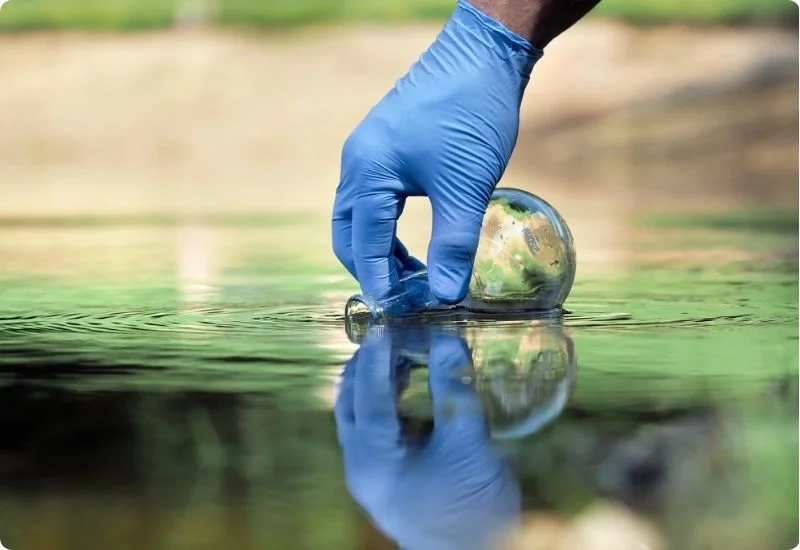
Controlling Harmful Bacteria
Seasonal Considerations
Bacterial activity varies significantly with temperature and seasonal changes. Understanding these variations is crucial for maintaining proper bacterial populations throughout the year. During spring, bacterial activity gradually increases as temperatures rise. Summer sees peak bacterial activity and reproduction, while fall brings declining activity as temperatures drop. Winter requires adjusted maintenance due to reduced bacterial activity in colder temperatures.
Conclusion
The role of bacteria in pond ecosystems cannot be overstated. These microscopic organisms are fundamental to maintaining water quality, supporting aquatic life, and creating a balanced ecosystem. By understanding and properly managing bacterial populations in your pond, you can ensure a healthy, clear, and thriving water garden throughout the year.
Remember that establishing and maintaining beneficial bacteria is an ongoing process that requires attention to oxygen levels, proper filtration, and regular monitoring of water conditions. With the right care and management, these invisible helpers will keep your pond clean, clear, and healthy for years to come.
Related Articles
A Look at Bacterial Life: The Good, the Bad, and the Tiny
Bacteria , the microscopic organisms that have inhabited Earth for approximately 4 billion years, ...
Clear Water in a Flash: The Magic of Pool Flocculant
Maintaining a pristine swimming pool can be challenging, especially when dealing with persistent ...
Alum Treatment for Cleaner Lakes and Ponds
In the realm of water quality management, alum treatment has emerged as a highly effective method ...
Essential Pond Treatments for a Healthy Ecosystem
A well-maintained pond creates a stunning focal point in any landscape while providing a thriving ...
Role of Ammonia in Everyday Cleaning and Industrial Applications
Ammonia is a versatile and widely used chemical compound with a significant role in both everyday ...
What Is Limescale and Why Should Care About It
Limescale is a common problem that affects many households, especially in areas with hard water. ...

